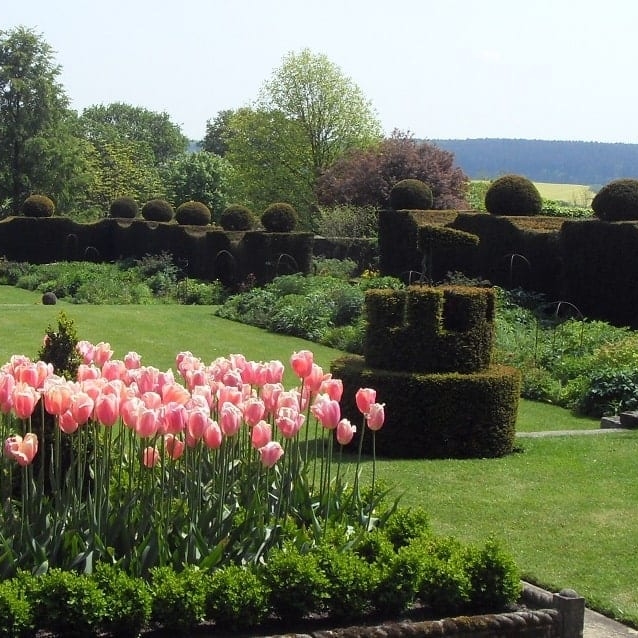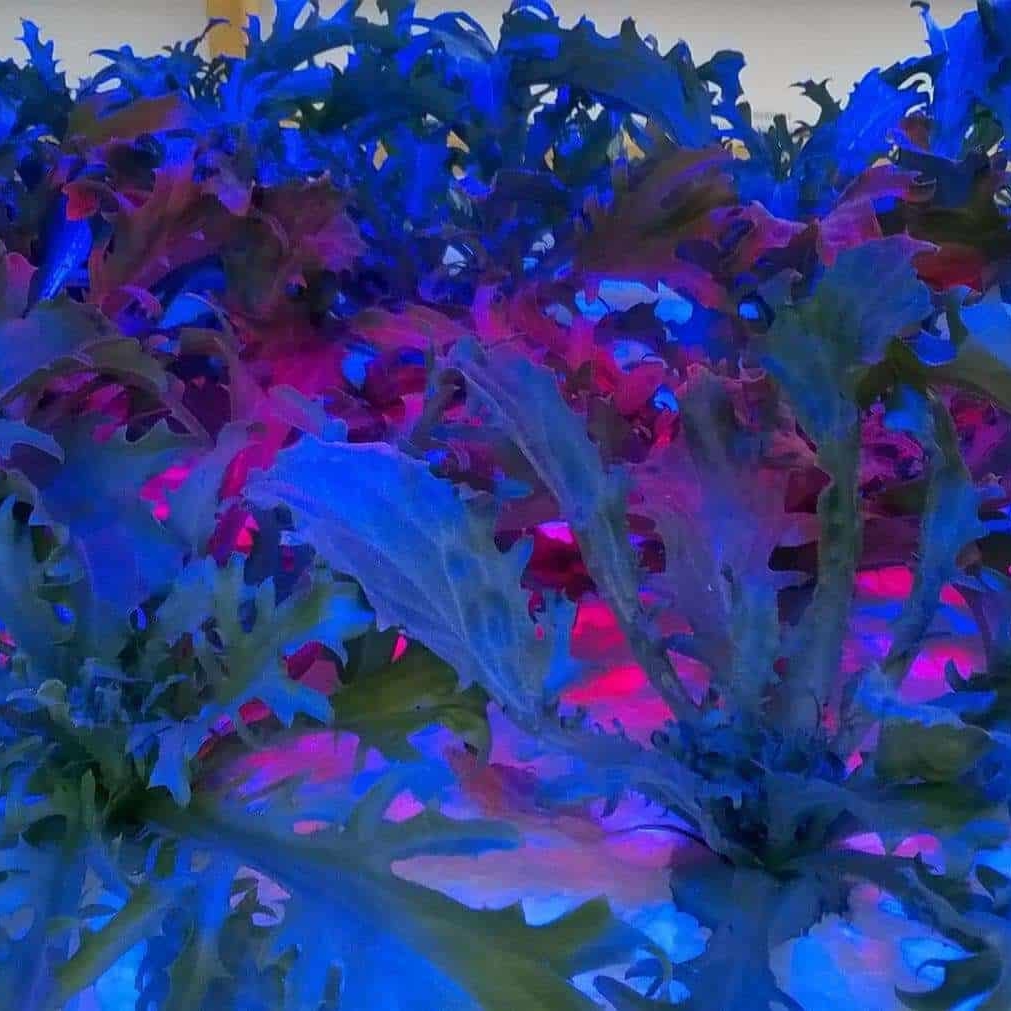At this time of year those Hay Fever sufferers will be fairly fed up that going outside can cause a very unpleasant reaction, especially when the weather is nice!
However, by careful planning you can design and plant up a garden that is packed with flowers and scent but does not upset anyone who suffers from this very annoying allergy to pollen.
The name ‘hay fever’ originates from the fact that grass pollen is responsible for much of the unwanted symptoms – however even before the grasses begin to flower and release pollen in late spring and early summer it is the trees that can have a major effect on the pollen count and can trigger early symptoms for sufferers unfortunately.
Many trees and all grasses are what botanists term as ‘wind pollinated’ which means that they do not rely on insects to distribute the pollen from flower to flower, unfortunately when the plant has to rely on wind to do the job it must produce masses and masses of pollen that is lightweight and carried easily by the wind, this is because it is a much more haphazard process.
Therefore if you wish to have a tree in your garden you should avoid any that produce catkins – which produce masses of pollen, however blossoming trees are insect pollinated and produce far less pollen and it is sticky so that it sticks to the bees and does not generally float about in the air.
Go one step further and choose a double flowered tree such as Japanese weeping cherry Prunus ‘Kiku-shidare-zakura’ or ‘Cheales Weeping’ – the double flower has extra petals, at the expense of the stamens – the male parts of the flower that produce the pollen so should offer hay fever sufferers a really attractive spring display without the tears!
All double flowers will have most or all of the stamens missing – it is caused by a mutation that causes the reproductive parts to become petals instead so many double flowers are in fact sterile as a result, but a top tip for anyone who wants to avoid pollen. Flowers that hide their pollen away down tubes are also fairly safe for hay fever sufferers as the pollen is very unlikely to blow away. Examples would include Penstemon sp. and Honeysuckles.
So; the top tips are to avoid any ornamental grasses and keep your lawn short, do not plant any trees such as birches that produce catkins and go for double and tubular flowers for minimal pollen. Ferns are also a good choice as they do not produce pollen at all. You can still have a superb ornamental garden that you can enjoy any day of the year.
Caroline Wright
Caroline brings decades of horticultural experience, both practical and theoretical. Having lectured at Brackenhurst Horticultural University for many years, Caroline has now relocated to France and is following her passion for growing plants and teaching. Caroline and her husband Paul run the plant nursery, propagating all of the plants themselves and lead a wide selection of fun and interactive horticultural and craft based courses.



